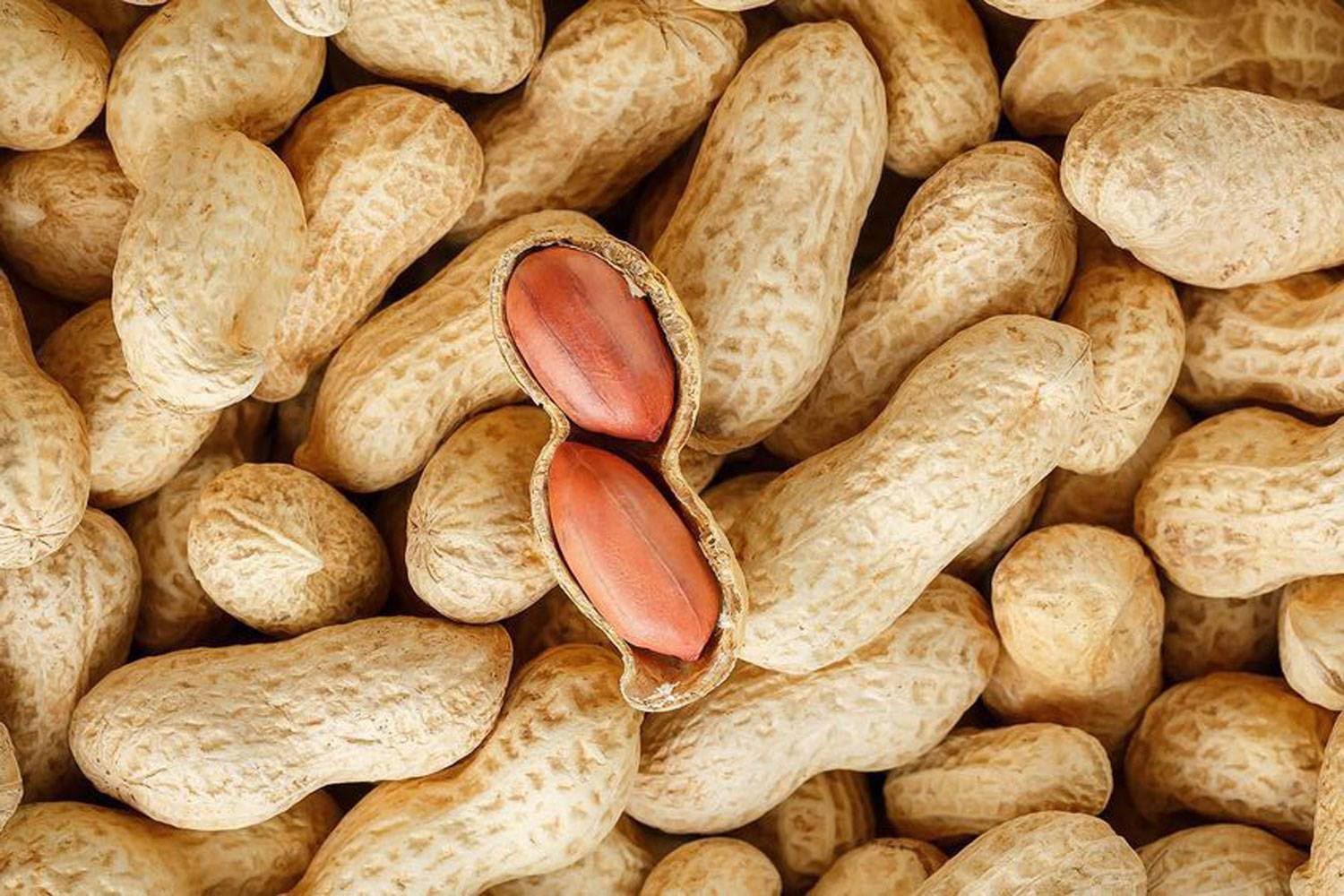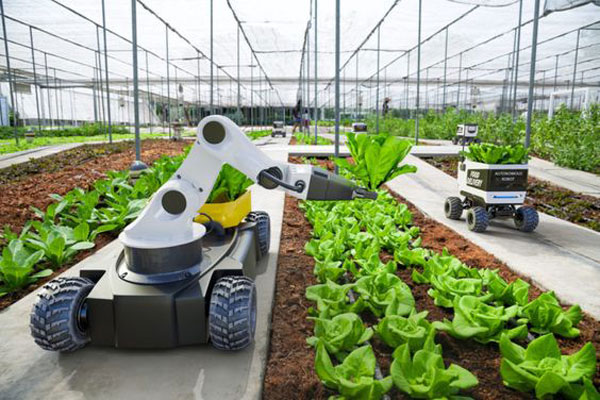Crops
Groundnut

Groundnut
Groundnut, also known as peanut (Arachis hypogaea), is native to South America. It is believed to have been domesticated in the Andes region of Peru and Bolivia around 7,000 years ago. The crop spread to Africa and Asia through trade and exploration, eventually becoming a significant agricultural product worldwide.
Global Area and Production
Groundnut is cultivated on approximately 26 million hectares globally, with major producers including China, India, the United States, Nigeria, and Argentina. India ranks among the top producers, contributing significantly to the world’s groundnut supply. The crop is vital for its oil and protein content.
Uses of Groundnut
- Culinary: Groundnuts are consumed in various forms, including roasted, boiled, or as peanut butter. They are used in cooking, baking, and snack products.
- Nutritional Value: Groundnuts are rich in protein, healthy fats, vitamins (such as vitamin E and B vitamins), and minerals (like magnesium and phosphorus). They are a valuable source of plant-based protein and energy.
- Industrial Uses: Groundnut oil is widely used for cooking and in the production of biodiesel. Groundnut cake, a byproduct of oil extraction, is used as animal feed and fertilizer.
Groundnut Cultivation in India
Major Growing Areas
In India, groundnut is primarily cultivated in the states of Gujarat, Andhra Pradesh, Tamil Nadu, Karnataka, and Maharashtra. Gujarat is the leading producer, followed by Andhra Pradesh and Tamil Nadu. These states benefit from suitable climatic and soil conditions for groundnut cultivation.
Climate Requirements
- Temperature: Groundnuts require a warm climate with temperatures ranging from 20-35°C. They are sensitive to frost and need a stable, warm growing environment.
- Rainfall: Groundnuts need moderate rainfall, typically around 600-1,000 mm annually. Adequate moisture is crucial during the flowering and pod development stages. While the crop can tolerate some drought, water stress can reduce yields.
Soil Requirements
Groundnuts grow best in well-drained, sandy loam or loamy soils rich in organic matter. The ideal soil pH for groundnut cultivation is between 5.5 and 7.0. Good drainage is essential to prevent waterlogging and root diseases, which can adversely affect crop yield and quality.
Blog
Explore Our Blog
About Us
Welcome to Agriplaza
Welcome to Agriplaza. India's first and only comprehensive digital platform dedicated to agriculture and farmers. Explore widest range of related data our figures speaks a lot.
626580
Visitors
239
Diseases
131
Pests




